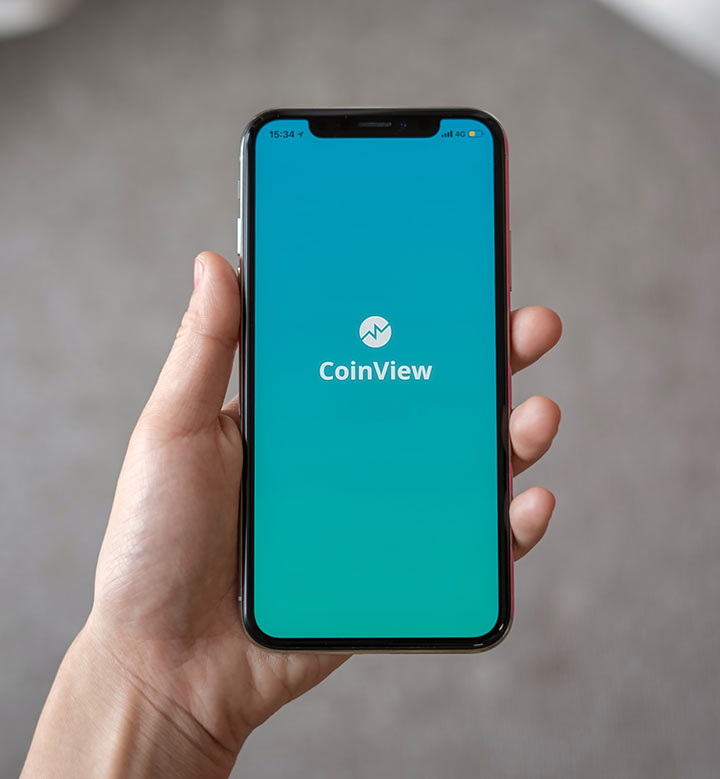Mastering Data Governance in the year 2025: Tools, Strategies and Best Practices
In current times, inter-connected world organizations are creating data at an extremely unprecedented scale. The small volume of data can be an asset, but it forms some serious management challenges. Effective data governance ensures that the data is correct, secure and utilized in accordance with the organizational policies and capabilities.
Companies across industries mainly depend on sophisticated data governance software and data governance tools to manage these hardships. With rising regulatory scrutiny and the emerging significance of data-driven insights, 2025 will be an important year for data governance. This blog provides a comprehensive guide to assist the organizations understand the landscape, select the right tools and implementing the best practices for sustainable success.
What is Data Governance and Why is It Important?
Data governance is the set of policies, procedures, and standards that control how data is collected, stored, accessed, and shared. It defines accountability for data quality, security, and compliance within an organization. Strong governance ensures data is reliable, consistent, and available to the right people at the right time.
But why data governance is important goes beyond just compliance. Regulatory frameworks such as GDPR, CCPA, HIPAA, and others require companies to protect sensitive data and provide audit trails. Failure to comply can result in hefty fines and reputational damage.
Moreover, effective data governance enhances business performance by improving data quality and enabling trusted analytics. For instance, a retail company might use data governance tools to ensure customer data accuracy, enabling personalized marketing campaigns without risking privacy breaches.
What is data governance with example?
Imagine a healthcare provider that must comply with HIPAA. They implement data access governance software to restrict who can view patient records, ensuring only authorized personnel access sensitive data. This protects patient privacy and ensures compliance with healthcare regulations.
Core Features of Data Governance Software
Leading data governance solutions offer a range of functionalities to meet complex organizational needs:
- Metadata management: Captures detailed information about data assets, enabling users to find and understand data easily.
- Data lineage: Visualizes the journey of data from source to destination, critical for audits and impact assessments.
- Data cataloging: Creates an organized inventory of data assets with searchable tags and classifications.
- Policy enforcement and role-based controls: Ensures that only authorized users access data, supporting data access governance tools capabilities.
- Compliance management: Automates adherence to laws and regulations, including reporting and audit trails.
- Integration capabilities: Connects with data warehouses, lakes, BI tools, and cloud platforms to provide unified governance.
Many organizations adopt enterprise data governance tools that offer end-to-end solutions covering data quality, compliance, and access management. Cloud providers now also offer cloud data governance tools tailored for hybrid or multi-cloud environments, delivering scalable and flexible governance.
Top Data Governance Tools to Watch in 2025
With a growing number of vendors, organizations must evaluate data governance tools carefully. Some of the best data governance tools currently leading the market include:
- Collibra: Known for its user-friendly interface, strong metadata management, and collaboration features.
- Alation: Focuses on data cataloging and stewardship, enabling data literacy and trust.
- Informatica: Offers comprehensive data governance combined with data quality and integration.
- Microsoft Purview: A cloud-native platform emphasizing compliance, data discovery, and lineage.
Specialized vendors provide integrated data governance framework tools with robust AI-powered data quality features. OneTrust is notable for its privacy-centric governance, aligning well with evolving data privacy laws.
When researching a data governance tools list, businesses often conduct a data governance tools comparison to weigh features, costs, scalability, and ease of use before selecting the best fit.
Choosing the Right Data Governance Platform
Selecting the right data governance platform is critical and depends on your organization’s size, data complexity, and compliance needs.
Start by evaluating your priorities: Do you need strong data cataloging or better access control? Are hybrid cloud deployments important? What level of automation do you require?
Consider the difference between on-premise solutions and data governance saas offerings. SaaS platforms often provide faster deployment, scalability, and lower upfront costs. However, some organizations prefer on-prem tools for tighter control over sensitive data.
Ensure the platform supports your existing infrastructure and integrates smoothly with BI tools, databases, and cloud providers. User adoption is also key—choose platforms with intuitive interfaces and strong support.
Read ebook today: Data +AI
Benefits of Cloud Data Governance Tools and Data Governance SaaS
The adoption of cloud data governance tools and data governance saas solutions is growing rapidly due to their flexibility and cost-effectiveness.
Benefits include:
- Rapid deployment: SaaS solutions can be set up in days, accelerating time to value.
- Scalability: Easily scale governance processes as your data volume grows.
- Automatic updates: Vendors handle upgrades and compliance updates, reducing IT burden.
- Enhanced collaboration: Cloud platforms enable distributed teams to work together seamlessly.
- Cost efficiency: Subscription pricing lowers upfront investment and maintenance costs.
For many organizations, moving governance to the cloud enables faster innovation and better alignment with modern data strategies.
Best Practices for Launching a Data Governance Program
Starting a data governance program requires careful planning and collaboration. Consider these best practices:
- Secure executive buy-in: Leadership commitment is essential for resources and cultural change.
- Define clear objectives: Align governance goals with business outcomes like risk reduction or improved analytics.
- Build a governance council: Include stakeholders from IT, compliance, legal, and business units.
- Start small: Pilot projects in specific domains or departments help refine processes before scaling.
- Train users: Continuous education fosters adoption and accountability.
- Leverage the right tools: Select from trusted data governance vendors offering information governance software and data governance applications suited to your needs.
- Monitor and iterate: Governance is an ongoing effort requiring regular review and updates.
These steps lay the foundation for a resilient and scalable governance framework. Contact us today to learn how we can help you build and strengthen your governance strategy for long-term success.
Common Challenges of Data Governance
Despite its importance, many organizations face obstacles implementing data governance successfully:
- Data silos: Fragmented data across departments hinders unified governance.
- Role ambiguity: Without clear stewardship and accountability, policies are inconsistently applied.
- Complexity of tools: Overly technical platforms discourage user adoption.
- Limited resources: Budget and personnel constraints can stall progress.
To overcome these challenges, organizations must focus on change management, cross-team collaboration, and choosing tools aligned with user capabilities and business goals.
Conclusion
The growing volume and complexity of data make data governance a strategic imperative for organizations in 2025. Adopting the right data governance software, from enterprise data governance tools to cloud data governance tools, empowers companies to maintain compliance, improve data quality, and unlock insights securely.
By understanding what data governance is and why is it important, leveraging leading data governance tools, and following proven best practices, businesses can transform their data from a risk to a competitive advantage.
At Datasmartz360.com, we support organizations in navigating the data governance journey, providing insights and solutions to help build trust and drive growth. The time to invest in a robust data governance program is now—because well-governed data powers the future.
FAQs
What are the key components of data governance?
The key components include data quality management, data security and privacy, data access controls, policy enforcement, compliance monitoring, and metadata management.
How do data access governance tools improve security?
Data access governance software enforces role-based access controls and monitors data usage, ensuring only authorized users can view or modify sensitive information, thereby reducing insider threats and data breaches.
What is the difference between data governance software and data governance tools?
While the terms are often used interchangeably, data governance software typically refers to comprehensive platforms with integrated capabilities, whereas data governance tools can be individual applications focusing on specific functions like data cataloging or compliance.
Can small businesses benefit from data governance?
Absolutely. Even smaller organizations face regulatory and operational risks. Implementing basic data governance frameworks tools helps maintain data accuracy, comply with laws, and support growth.
Why is cloud data governance gaining popularity?
Cloud data governance tools offer scalability, ease of deployment, cost-efficiency, and seamless integration with cloud-native applications, making governance easier to manage in hybrid and multi-cloud environments.
What are the best practices to start a data governance program?
Start with executive support, clear objectives, a governance council, pilot projects, user training, and continuous monitoring using trusted tools from reputable data governance vendors.








